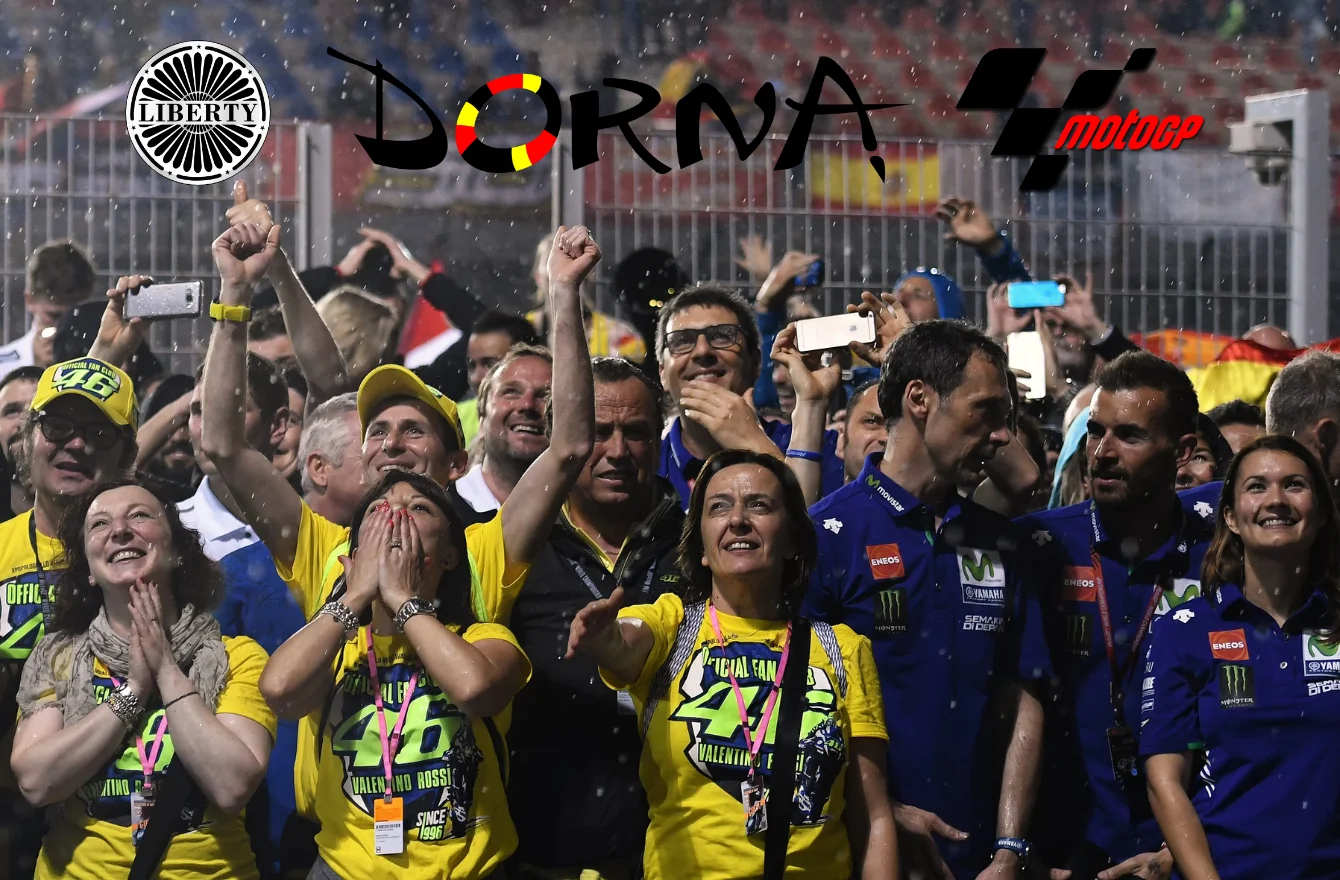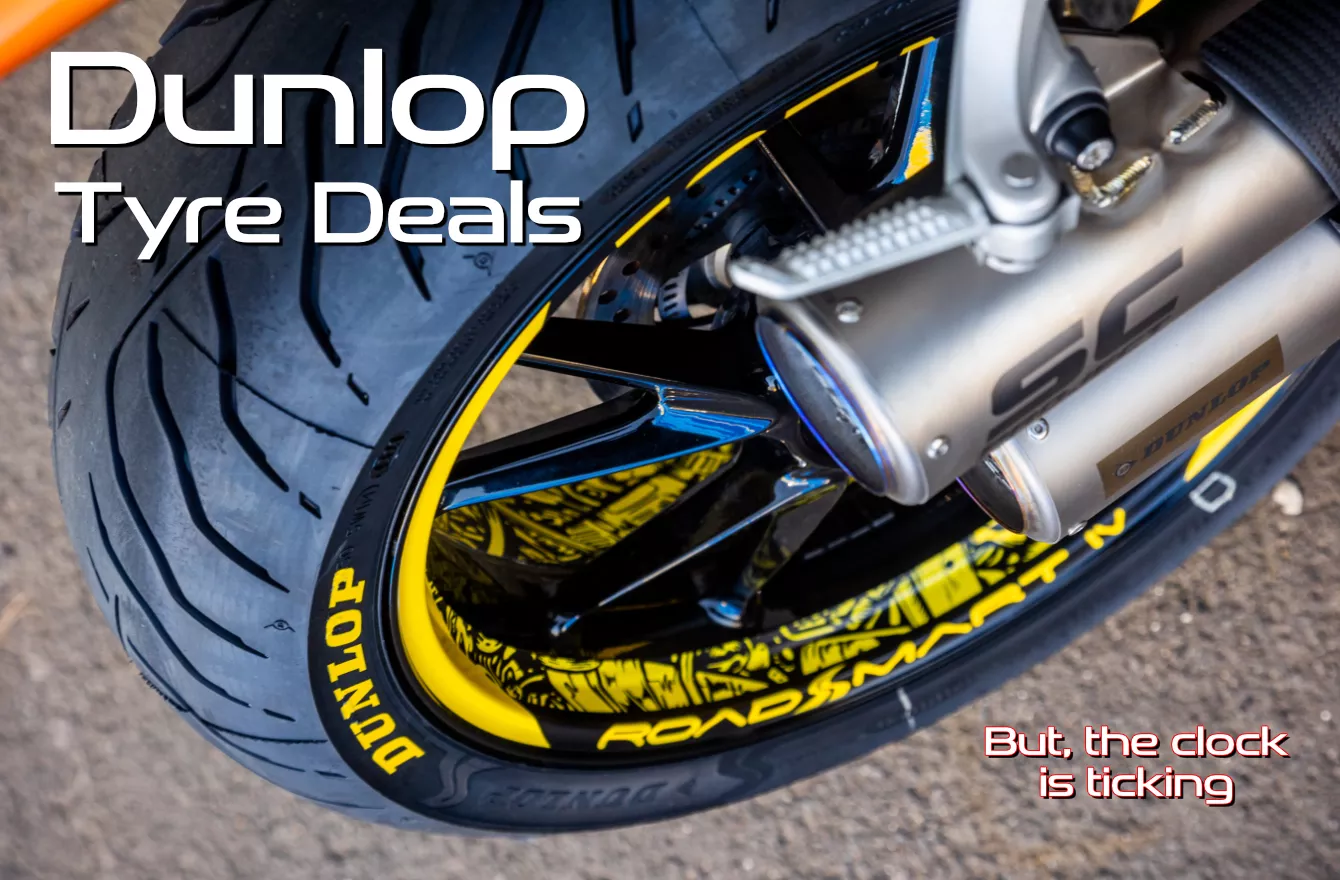It is slightly ironic that an MRA Vario Screen for the Yamaha Tracer 9 GT is waiting on my desk when I return from the 900-mile Coast To Coast ride across the UK.
It’s not that I’ve found the standard screen on the Tracer 9 GT poor; quite the opposite. For a factory stock screen designed to suit everyone, it does a reasonable job. Being 6 feet tall (1.8m ) and with the Tracer seat in the low position, the wind noise and buffeting were acceptable.
Nonetheless, sitting on my desk was an MRA Vario Touring screen and attached to the box is a note that reads, “Please Test“. Any excuse to ride another 50 or 60 miles in the sunshine is always welcome.
MRA Vario Screens
Screens are a very emotive subject. There are so many factors to consider, not least of which is the rider’s height. Two of the three Africa Twins in the office have MRA Vario Screens fitted. However, Roger, being a little shorter than the other riders, finds the Honda stock screen effective. Both of our KTM’s have MRA Vario Screens, which was the only way of making the KTM 1290 a good long-distance tourer. And the Kawasaki Versys had three different screens, none of which worked much better than stock.
Of all the screens we have tested, the Givi Airflow on the V-Strom had the broadest range of adjustment and was the most adaptable. Everyone could find a setting that worked for them, but the Airflow is “fugly”. It is an absolute joy to ride behind on long runs, but you have to be ready for the never-ending stream of jokes about just how ugly it is.
MRA Vario screens deal with the basic requirements for wind protection and minimising turbulence in the base design. However, as everyone needs something a little different, so MRA then adds an easily adjustable spoiler near the screen’s upper edge. Changing the spoiler’s angle reduces any remaining turbulence or wind noise to match your riding position.
Tighter Curves
Compared to the stock Tracer 9 GT screen, the MRA Vario has more of a curve. Rather than an upright blade bashing the air out of the way, the MRA screen curves towards you, keeping the airflow smoother. The MRA screen is also a little wider across the middle, pushing the air away from your upper body.
Despite the tighter curves on the MRA Screen, the excellent Printed Parts GPS mount and the Garmin Zumo XT fit without touching the screen and remain protected from the elements. The MRA Screen I’ve fitted was designed for the Tracer 900 rather than the new Tracer 9 GT. Consequently, the handguards do just touch the screen when on full lock. It is a minor annoyance that MRA has now fixed with a Tracer 9 GT specific version.
Thicker Than Most
One of the common complaints about aftermarket screens is that they wobble. Typically this complaint is aimed at the aftermarket screens that block the airflow by simply being taller. None of the Vario screens we have used has ever had this problem, yet for some reason, the Vario Screen I’m testing is made from 5mm thick PMMA, which is at least 1mm thicker than the other MRA Screens. Having ridden at Autobahn speeds, I can confirm that the MRA screen is rock solid.
And just in case you are interested in the science … PMMA, is short for Poly Methyl Methacrylate, the scientific name for the synthetic polymer more commonly known as acrylic, acrylic glass, and plexiglass. PMMA will not corrode, and it is resistant to ultraviolet light, weather, and most other environmental factors. PMMA is also one of the safer plastics, being both recyclable and BPA free.
But Is It Any Good?
In a word, Yes, and if I’m allowed two words, I’ll go with Hell Yes. The standard screen did a reasonable job for me with wind noise, but the buffeting was very tiring. The best description I have for it is being beaten on the left and right sides of your helmet twice a second. With the MRA Vario Screen, the buffeting has now gone.
There is still some residual wind noise, but that is to be expected when you are doing 70 MPH on a motorcycle. Custom earplugs and a Schuberth C4 take care of that.
I’ve ridden behind the MRA Vario screen for sustained periods on motorways, around some spirited twisting roads, and on a peaceful evening ride across the countryside. In all of these situations, the MRA Vario Screen has outperformed the Yamaha stock screen.
Tracer 9 GT Version
Shortly after purchasing an MRA Vario screen for the Tracer 900 GT, which fits the Tracer 9 GT, MRA released a new variant of their Vario Screen specifically for the 9GT. We thought about holding off on this article and testing the Tracer 9 GT specific screen, but the results from the 900 GT screen are so much better than the stock Yamaha screen that we decided to continue.
MRA has now produced a specific model for the Tracer 9 / 9GT. We have tested it and you can read that test here
Web Links
In the UK, the distributor for MRA Screens is Harwood Performance Source, better known as HPS. They have always been a pleasure to deal with, and yes we paid for our screens.
In the rest of Europe, the MRA website is the place to start.
And finally, thanks to Chris Walker Motorcycles for letting me use their new Ducati Dealership in Grantham as a background for the photos.
























